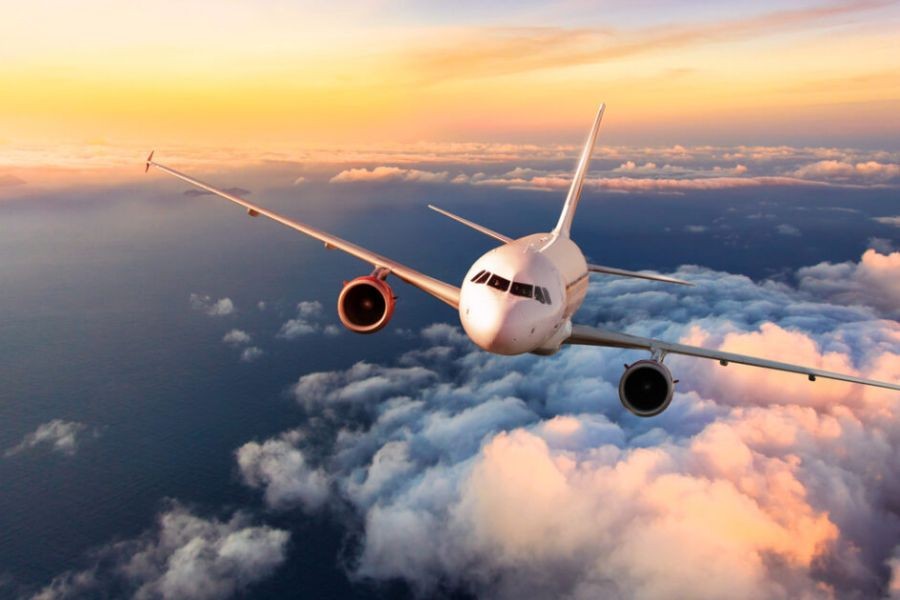Air travel in New Zealand, once a routine experience, has transformed dramatically post-COVID-19. With evolving regulations, fluctuating flight schedules, and heightened safety protocols, navigating the skies has become a complex endeavor. Understanding these changes is crucial for travelers aiming to ensure a seamless journey. This article explores key strategies to prepare for air travel in New Zealand, drawing insights from local policies, industry trends, and expert opinions.
The New Zealand Aviation Landscape Post-COVID
New Zealand's aviation sector has faced unprecedented challenges due to the pandemic, with significant impacts on both domestic and international flights. According to Stats NZ, international passenger arrivals plummeted by 97% at the height of the pandemic in 2020, with gradual recovery since then. The Ministry of Business, Innovation and Employment (MBIE) has been actively involved in strategizing the revival of the aviation industry, focusing on sustainable growth and resilience against future disruptions.
Key Changes in Air Travel Regulations
Travelers must now navigate a landscape marked by stringent health protocols and dynamic travel advisories. The New Zealand government has implemented measures such as pre-departure testing requirements and digital health certificates to ensure passenger safety. These changes reflect a global trend towards digital health verification, a topic extensively covered by the International Air Transport Association (IATA).
Case Study: Air New Zealand's Resilience Strategy
Problem: Air New Zealand, a key player in the country's aviation sector, faced significant revenue drops due to reduced flight demand and international border closures.
- The airline reported a 50% decrease in passenger numbers in 2020 compared to the previous year.
Action: To adapt, Air New Zealand implemented cost-cutting measures and focused on domestic travel, enhancing its domestic routes and services.
- The airline leveraged technology to streamline operations, introducing contactless check-in and boarding processes.
Result: These strategies resulted in a 30% increase in domestic passenger numbers in 2021, helping stabilize revenue streams.
- Customer satisfaction scores improved by 15%, according to internal surveys.
Takeaway: This case study illustrates the importance of agility and innovation in the aviation industry. By focusing on customer experience and operational efficiency, airlines can navigate uncertainties more effectively.
Preparing for Your Next Flight: Essential Tips
1. Stay Informed About Travel Restrictions
Travel restrictions can change rapidly, impacting your travel plans. It's crucial to regularly check official sources such as the New Zealand Government's COVID-19 website for the latest updates. Subscribing to airline alerts can also provide timely information about flight changes or cancellations.
2. Embrace Digital Solutions
Digital health passports and contactless technologies are becoming integral to air travel. Initiatives like the IATA Travel Pass and similar tools facilitate seamless travel by integrating health documentation into digital formats. As New Zealand progresses towards a digital-first approach, familiarizing yourself with these technologies will enhance your travel experience.
3. Understand the Impact on Insurance and Refund Policies
With the unpredictability of travel, reviewing insurance policies is more important than ever. Many insurers have revised their policies to include COVID-19-related coverage. Moreover, understanding the refund policies of airlines and travel agencies can save you from potential financial losses if plans change unexpectedly.
Debunking Common Myths About Post-COVID Air Travel
- Myth: "Air travel is unsafe due to COVID-19." Reality: Enhanced cleaning protocols and air filtration systems have made air travel safer. The International Air Transport Association (IATA) reports that the risk of in-flight transmission is very low.
- Myth: "Travel insurance covers all COVID-19 related issues." Reality: Not all insurance policies cover pandemic-related disruptions. Reviewing policy details is crucial to understand coverage limits.
- Myth: "All airlines offer flexible booking options." Reality: While many airlines have adopted flexible booking policies, it's important to verify the specific terms and conditions for each airline.
Pros and Cons of Current Travel Trends
Pros of Current Travel Trends
- Increased Safety Measures: Enhanced cleaning protocols and health checks ensure passenger safety.
- Flexible Booking Options: Many airlines offer changeable bookings without penalty fees.
- Technological Advancements: Digital health passes streamline travel documentation and reduce physical contact.
Cons of Current Travel Trends
- Higher Costs: Increased safety measures and reduced flight capacities can lead to higher ticket prices.
- Complex Regulations: Navigating varying international travel restrictions can be challenging.
- Limited Destinations: Ongoing restrictions may limit the availability of international routes.
Future Trends in New Zealand Air Travel
The future of air travel in New Zealand will likely be influenced by technological advancements and policy shifts. According to a report by the Reserve Bank of New Zealand, the aviation industry is poised for a gradual recovery, supported by increased domestic tourism and potential international travel bubbles. Moreover, sustainable aviation practices are expected to gain momentum, aligning with New Zealand's commitment to reducing carbon emissions.
Looking ahead, the integration of artificial intelligence in optimizing flight operations and customer experiences will be significant. By 2026, AI-driven technologies could revolutionize baggage handling and customer service, enhancing efficiency and reducing operational costs.
Conclusion
As the aviation industry in New Zealand adapts to a post-COVID world, travelers must stay informed and flexible. Embracing digital solutions, understanding evolving policies, and preparing for changes in travel dynamics are essential steps. By staying proactive, you can navigate the new normal of air travel with confidence.
What are your thoughts on these changes? Share your insights in the comments below!
People Also Ask (FAQ)
- How has COVID-19 affected air travel in New Zealand? COVID-19 led to a 97% drop in international arrivals, prompting airlines to focus on domestic routes and implement stringent health measures.
- What are the biggest misconceptions about post-COVID air travel? A common myth is that all airlines offer flexible booking options, but terms vary. It's essential to verify specific airline policies.
- What is the future of air travel in New Zealand? The future will likely see increased domestic tourism and AI-driven innovations in flight operations, enhancing efficiency and customer experience.
Related Search Queries
- New Zealand air travel post-COVID
- Airline safety measures NZ
- Digital health passports NZ
- Travel insurance COVID-19 NZ
- Air New Zealand post-pandemic strategy
- Future of aviation in New Zealand
- Sustainable aviation practices NZ
- Travel restrictions New Zealand 2023
- AI in aviation NZ
- Domestic tourism trends NZ






























